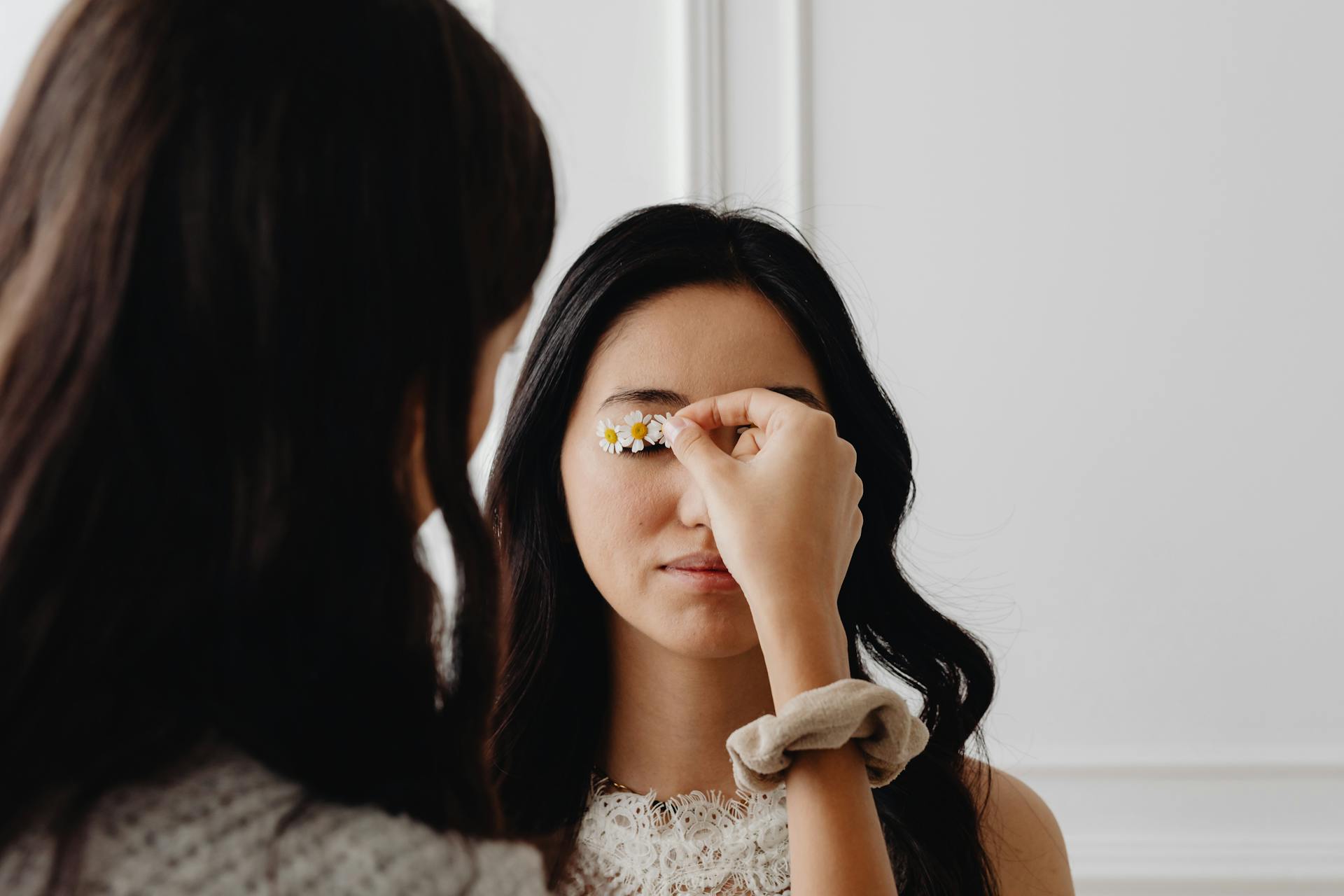Art has been a cornerstone of human expression for thousands of years. From cave paintings to modern murals, creativity has always served as a way to process emotions, connect with others, and tell stories that words cannot fully capture. Today, art therapy has emerged as a scientifically recognized method to support mental health. Whether you are struggling with anxiety, depression, grief, or stress, art therapy provides a safe and creative outlet for healing.
In this blog, we’ll explore practical art therapy ideas for mental health, how they help in daily life, and why integrating creative practices can transform your well-being.
What is Art Therapy?
Art therapy combines the power of creativity with psychology. It is a therapeutic technique that encourages self-expression through painting, drawing, sculpting, or other artistic forms. Unlike traditional talk therapy, art therapy doesn’t rely only on verbal communication. Instead, it provides an outlet for emotions that may be difficult to articulate.
Research shows that art therapy can reduce stress, improve self-awareness, and increase emotional resilience. For immigrants and bicultural individuals, creative outlets like art can also serve as bridges between cultures, allowing them to explore identity in meaningful ways.
To understand how therapy supports personal growth, explore what is individual therapy and how it helps people navigate emotional challenges.
Benefits of Art Therapy for Mental Health
Art therapy provides numerous psychological and emotional benefits:
- Stress Reduction – Creative activities engage the brain in a meditative process, lowering cortisol and calming the nervous system.
- Emotional Release – Art allows individuals to express emotions like grief, anger, or joy safely and constructively.
- Improved Self-Understanding – Visual creations often reveal subconscious thoughts and patterns that words cannot capture.
- Enhanced Problem-Solving – Engaging in artistic processes fosters flexible thinking and new perspectives.
- Community Connection – Art sessions often bring people together, fostering empathy and belonging.
You can also read Building Resilience with Individual Therapy to explore how therapy nurtures mental strength and emotional growth.
Art Therapy Ideas You Can Try at Home
You don’t need to be a professional artist to benefit from art therapy. Here are some creative practices anyone can try:
1. Emotion Color Wheel
Draw a circle and divide it into sections like a pie chart. Assign each section a color that represents an emotion you’re experiencing (blue for sadness, red for anger, yellow for joy, etc.). This helps visualize emotional complexity and promotes self-awareness.
2. Mindful Doodling
Spend 10 minutes creating repetitive patterns or doodles. This simple exercise can reduce anxiety and encourage mindfulness by focusing attention on shapes and lines.
3. Collage Journaling
Cut out images, words, or symbols from magazines that resonate with your current emotions. Arrange them into a collage that reflects your inner world. This is especially helpful for processing complex feelings or experiences.
4. Self-Portrait of Strength
Draw or paint yourself as you envision your strongest, most resilient self. This activity boosts confidence and fosters empowerment.
5. Clay or Playdough Sculpting
Sculpting with clay can be a tactile way to release tension. Shaping and reshaping allows you to externalize emotions physically.
6. Cultural Expression Through Art
Incorporate cultural symbols, colors, or traditions into your artwork. For immigrants and bicultural individuals, this can help honor both identities and create harmony between them.
The Connection Between Art, Culture, and Identity
Art therapy doesn’t exist in a vacuum—it is deeply tied to culture and identity. For first-generation immigrants or bicultural individuals, art becomes a language of integration. Through art, people can explore how their heritage and their current environment intersect.
This is where Dr. Kinnari Birla Bharucha’s course, “Immigrant Paradox: An Exploration of Bicultural Straddling,” becomes especially powerful. As a licensed clinical psychologist and first-generation immigrant, Dr. Kinnari offers professional expertise and lived experience in navigating cultural identity challenges. Her course helps learners embrace their heritage while thriving in multicultural environments.
By combining creative outlets like art therapy with guidance from counseling courses such as Immigrant Paradox, individuals can turn challenges into opportunities for personal growth and empowerment.
Practical Tips for Making Art Therapy Part of Your Routine
- Set aside 15 minutes daily for a creative activity—consistency is key.
- Create a safe space at home with basic art supplies (paper, markers, paints).
- Don’t judge your work—focus on expression, not perfection.
- Use prompts like “Draw your safe place” or “Create an image of today’s mood.”
- Consider group sessions for shared healing and cultural storytelling.
Art Therapy and Professional Counseling
While art therapy at home can be highly effective, guided support from a counselor can take the healing process further. Counselors trained in art therapy techniques can interpret themes in artwork and help individuals process trauma, grief, or identity struggles.
Dr. Kinnari’s work bridges this gap by addressing the cultural dimensions of therapy. Her course provides insights into how bicultural experiences shape mental health, offering tools for resilience and growth. By combining art therapy with structured learning, individuals can achieve a holistic approach to well-being.
Art therapy is more than just creative play—it is a powerful tool for healing, self-expression, and resilience. By integrating art therapy ideas for mental health into your routine, you can reduce stress, process emotions, and deepen self-understanding.
For immigrants and bicultural individuals, creativity also offers a pathway to celebrate heritage while adapting to multicultural realities. To complement your journey, explore Dr. Kinnari Birla Bharucha’s course, “Immigrant Paradox: An Exploration of Bicultural Straddling,” which provides counseling strategies to embrace cultural identity, foster community, and unlock personal growth.


